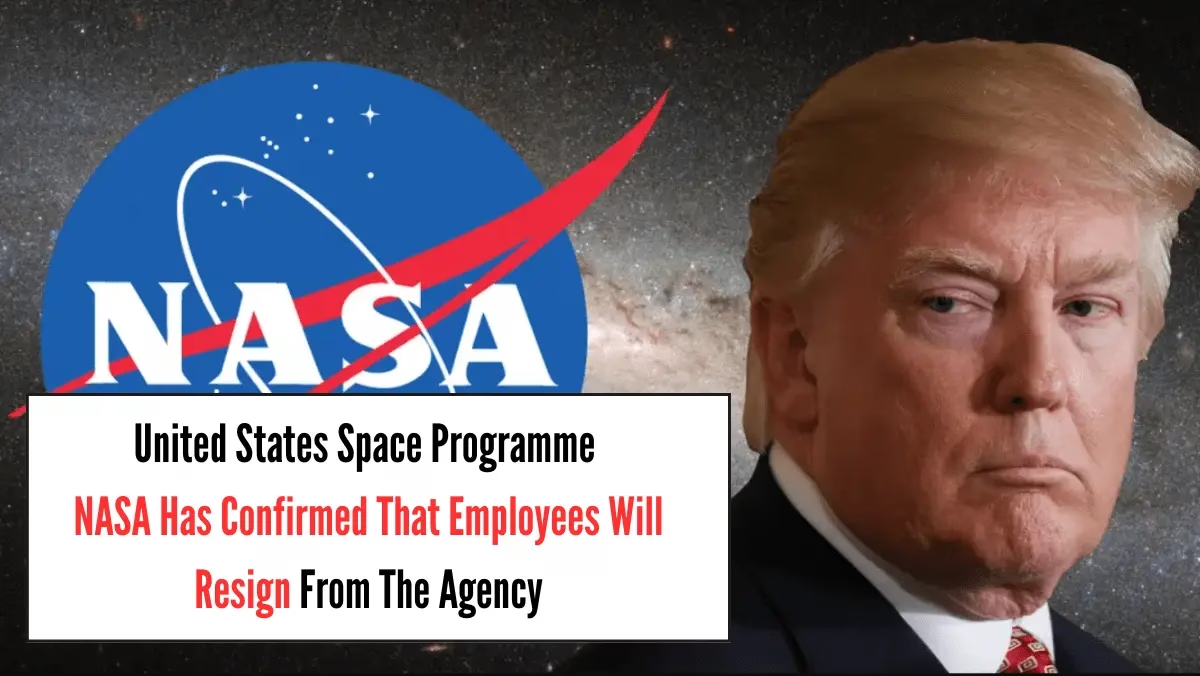In a dramatic shift for the United States’ space exploration efforts, NASA has announced that approximately 3,870 employees are set to resign under the Deferred Resignation Program initiated in 2025. This aligns with the Trump administration’s aggressive federal workforce reduction policies, as reported by Bloomberg. The resignations will reduce NASA’s civil servant workforce to around 14,000, marking one of the largest voluntary exits in the agency’s history.
The resignations are occurring in two phases. The first, starting early 2025, saw 870 employees, or 4.8% of the workforce, opt to leave. The second phase, with a deadline of July 25, 2025, witnessed a staggering 3,000 employees, or 16.4%, choosing to exit. Combined with an annual attrition rate of about 500 staff, these departures signal a significant transformation for NASA.

NASA’s official statement emphasizes efficiency: “This program ensures we become a more streamlined organization while prioritizing safety for our Golden Era of exploration, including missions to the Moon and Mars.” However, internal concerns are mounting. A letter titled The Voyager Declaration, signed by hundreds of current and former NASA employees, was sent to interim administrator Sean Duffy. It warns that the loss of “irreplaceable knowledge” could jeopardize NASA’s mission-critical operations, particularly deep-space initiatives.
The Department of Government Efficiency, led by Elon Musk, has driven these workforce cuts as part of broader federal reforms. Critics, including aerospace contractors and union representatives, argue that the scale of this exodus—especially among scientific and engineering talent—could delay key programs like Artemis, Orion, and robotic deep-space missions. Congressional aides have also raised alarms about the long-term impact on America’s space ambitions.
Former acting administrator Janet Petro addressed the issue in a June 2025 town hall, stating, “Our goal is to minimize involuntary workforce reductions.” While participation in the program is voluntary, and resignations are still under review, the talent drain has sparked widespread concern. NASA’s application for a “blanket waiver” to protect probationary employees from forced layoffs remains unresolved, adding uncertainty.
The resignations come at a critical time as NASA pursues ambitious goals, including lunar landings and Mars exploration. Experts warn that losing specialized expertise could hinder mission readiness and innovation. The aerospace community is closely watching how NASA balances cost-cutting with maintaining its leadership in space exploration.
As the Trump administration continues its push to reduce federal bureaucracy, the future of NASA hinges on preserving its core capabilities. With thousands of skilled employees departing, the agency faces the challenge of sustaining its mission without compromising the expertise that has defined its legacy. The coming months will be pivotal in determining whether NASA can navigate this workforce crisis while advancing America’s space exploration goals.